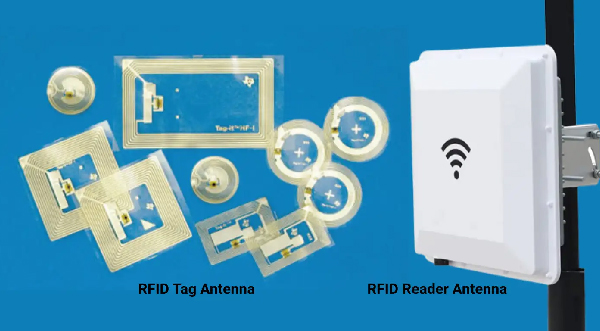RFID technology standards
As early as the 1990s, ISO/IEC began developing the container standard ISO 10374, followed by the official container electronics standard ISO 18185, animal management standards ISO 11784/5, ISO 14223, and others. With the increasing application of RFID technology, ISO/IEC recognizes the need to develop universal technical standards for common requirements and attributes involved in different application fields, rather than each application technical standard being completely independently developed.
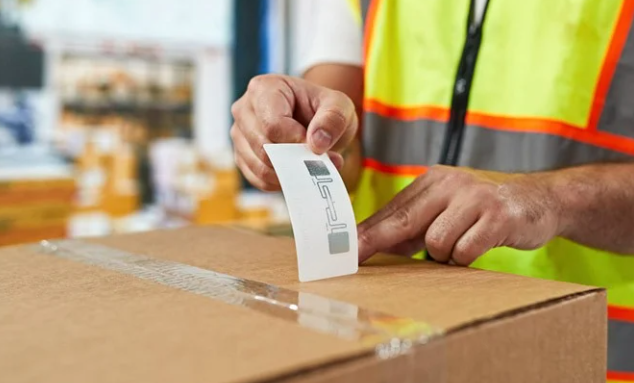 When formulating the ISO 17363-17367 series standards for logistics and supply chain, directly reference the ISO/IEC 18000 series standards. The general technical standards provide a basic framework, while the application standards supplement and specify it. This ensures that RFID technology in different application fields has interconnectivity and interoperability, while also taking into account the characteristics of the application field, which can well meet the specific requirements of the application field. The difference between application technology standards and user application systems is that application technology standards target common attributes of a large category of application systems, while user application systems target specific applications. If we use object-oriented analysis to metaphorically describe general technical standards as a basic class, then application technical standards are a derived class.
When formulating the ISO 17363-17367 series standards for logistics and supply chain, directly reference the ISO/IEC 18000 series standards. The general technical standards provide a basic framework, while the application standards supplement and specify it. This ensures that RFID technology in different application fields has interconnectivity and interoperability, while also taking into account the characteristics of the application field, which can well meet the specific requirements of the application field. The difference between application technology standards and user application systems is that application technology standards target common attributes of a large category of application systems, while user application systems target specific applications. If we use object-oriented analysis to metaphorically describe general technical standards as a basic class, then application technical standards are a derived class.
container
The ISO TC 104 Technical Committee is responsible for the development of container standards and is the highest authority for container manufacturing and operation. The standards related to RFID are developed by the Fourth Subcommittee (SC4). Including the following standards:
1) ISO 6346 Container - Coding, ID and Identification Symbols, developed in 1995
This standard provides a container identification system. The container identification system has a wide range of applications, such as in document, control, and communication (including automatic data processing), just like the display of the container itself. Mandatory identification in container labeling plus optional features in Automatic Equipment Identification (AEI) and Electronic Data Interchange (EDI) applications. This standard specifies the coding system for container size, type, and other data, along with corresponding marking methods, operational markings, and physical display of container markings.
2) ISO 10374 Container Automatic Identification Standard, developed in 1991 and revised in 1995
This standard is based on the automatic identification system for containers using microwave responders, which treats containers as fixed assets. The responder is an active device with operating frequencies of 850MHz to 950MHz and 2.4GHz to 2.5GHz. As long as the responder is in this field, it will be activated and respond using a deformed FSK subcarrier through backscatter modulation. The signal is modulated between two subcarrier frequencies of 40kHz and 20kHz. Because it was established in 1991 and the term RFID has not yet been used, active responders are actually today's active RFID electronic tags. This standard is jointly applied to the identification of containers with ISO 6346, which specifies optical identification, and ISO 10374, which characterizes optical identification information using microwaves.
3)ISO 18185, Draft Official Standard for Container Electronics (Land, Sea, Air)
This standard is used by customs to monitor the loading and unloading status of containers [9], consisting of seven parts: air interface communication protocol, application requirements, environmental characteristics, data protection, sensors, message sets for information exchange, and physical layer characteristic requirements.
The two standards mentioned above do not reference the ISO/IEC 18000 series air interface protocols, mainly because their development dates earlier than the ISO/IEC 18000 series air interface protocols.
logistics management
In order to enable RFID to play an important role in the entire logistics supply chain, the ISO TC 122 Packaging Technical Committee and the ISO TC 104 Freight Container Technical Committee have established a joint working group JWG, responsible for developing a series of logistics supply chain standards. The working group has developed six application standards based on application requirements, freight containers, loading units, transportation units, product packaging, and single item logistics units.
1) ISO 17358 Application Requirements
This is the application requirement standard for supply chain RFID, chaired by TC 122 Technical Committee, and is currently being developed. This standard defines the parameters of each level of the supply chain logistics unit, defines environmental identification and data flow.
2) ISO 17363-17367 series standards
The supply chain RFID logistics unit series standards regulate the RFID applications for freight containers, recyclable transport units, transport units, product packaging, and product labels. The content of this series of standards is basically the same, for example, the air interface protocol adopts the ISO/IEC 18000 series standards. There are differences in specific regulations, and supplementary regulations are made for different users, such as environmental conditions, label size, label placement, and other characteristics. The carrier frequency of electronic tags is also required to be different according to the differences in the objects. Freight containers, recyclable transport units, and electronic tags used in transport units must be reused, while product packaging should be determined according to the actual situation, and product tags are usually disposable. In addition, data integrity and visual recognition identification should also be considered. Recyclable units require high data capacity, security, and communication distance. This series of standards is currently being developed.
It should be noted here that the relationship between ISO 10374, ISO 18185, and ISO 17363 standards is related to containers. However, ISO 10374 is for the management of containers themselves, ISO 18185 is for customs to monitor containers, and ISO 17363 is for the use of readable and writable RFID identification tags and freight tags on freight containers for supply chain management purposes.
Animal Management
ISO TC 23/SC 19 is responsible for developing RFID standards for animal management, including ISO 11784/11785 and ISO 14223.
ISO 11784 coding structure
It specifies a 64 bit encoding structure for animal radio frequency identification codes, which require readers and electronic tags to be able to recognize each other. Usually, it consists of a bitstream containing data and encoded data required to ensure data correctness. The code structure is 64 bits, of which 27 to 64 bits can be defined by each country.
retailer
According to Sanford C. Bernstein's retail analysts, Wal Mart can save $8.35 billion annually by using RFID, most of which is the labor cost saved because it does not need to manually check the barcode of goods purchased. Although some other analysts believe that the figure of $8 billion is too optimistic, there is no doubt that RFID can help solve two of the biggest problems in the retail industry: commodity shortage and loss (products lost due to theft and supply chain disruption). For theft alone, Wal Mart's annual loss is almost $2 billion. If the turnover of a legitimate enterprise can reach this figure, it can be ranked 694 among the 1000 largest enterprises in the United States. Research institutions estimate that this RFID technology can help reduce theft and inventory levels by 25%.


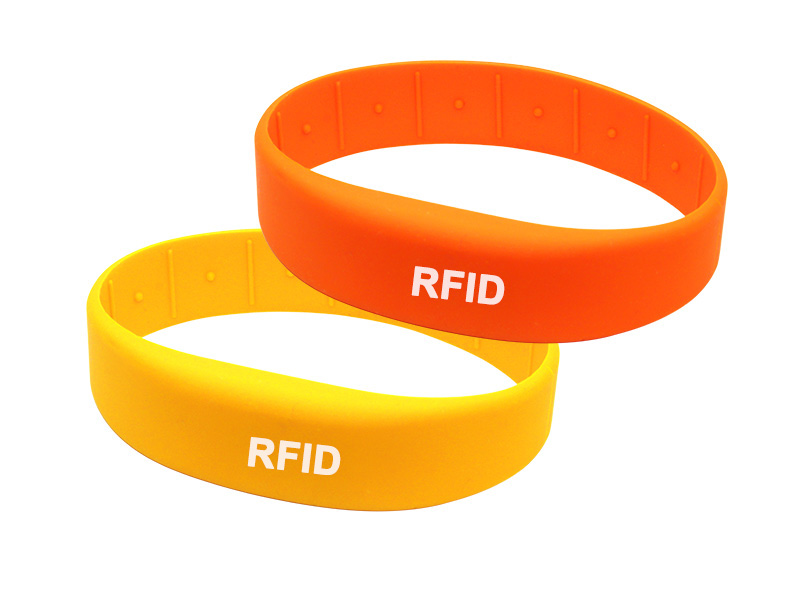
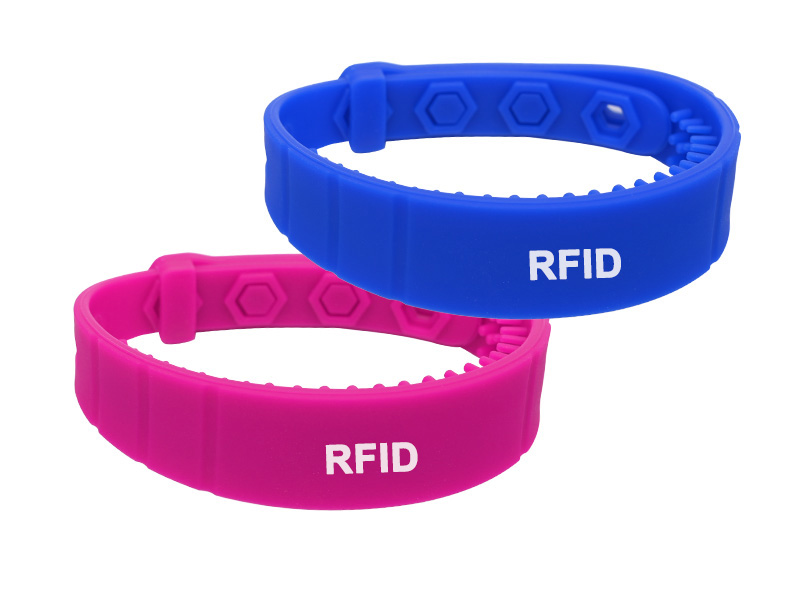
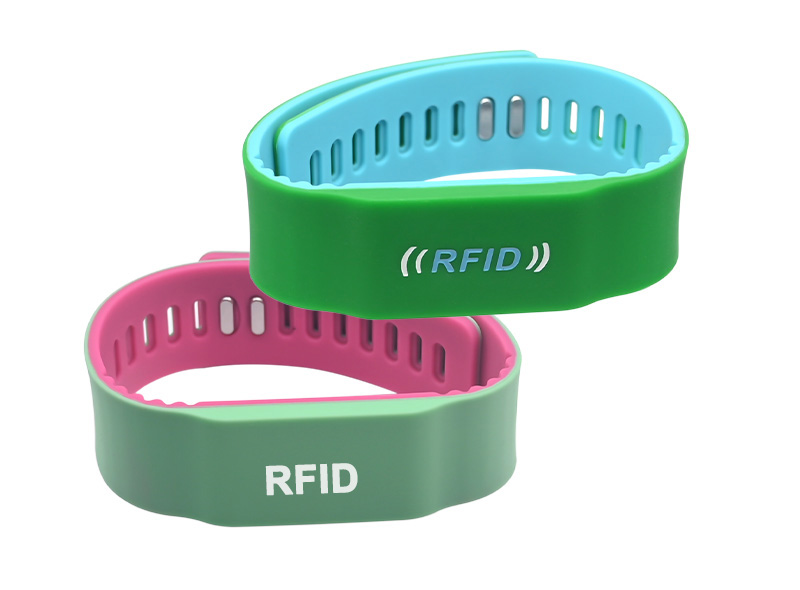


 When formulating the ISO 17363-17367 series standards for logistics and supply chain, directly reference the ISO/IEC 18000 series standards. The general technical standards provide a basic framework, while the application standards supplement and specify it. This ensures that RFID technology in different application fields has interconnectivity and interoperability, while also taking into account the characteristics of the application field, which can well meet the specific requirements of the application field. The difference between application technology standards and user application systems is that application technology standards target common attributes of a large category of application systems, while user application systems target specific applications. If we use object-oriented analysis to metaphorically describe general technical standards as a basic class, then application technical standards are a derived class.
When formulating the ISO 17363-17367 series standards for logistics and supply chain, directly reference the ISO/IEC 18000 series standards. The general technical standards provide a basic framework, while the application standards supplement and specify it. This ensures that RFID technology in different application fields has interconnectivity and interoperability, while also taking into account the characteristics of the application field, which can well meet the specific requirements of the application field. The difference between application technology standards and user application systems is that application technology standards target common attributes of a large category of application systems, while user application systems target specific applications. If we use object-oriented analysis to metaphorically describe general technical standards as a basic class, then application technical standards are a derived class.


